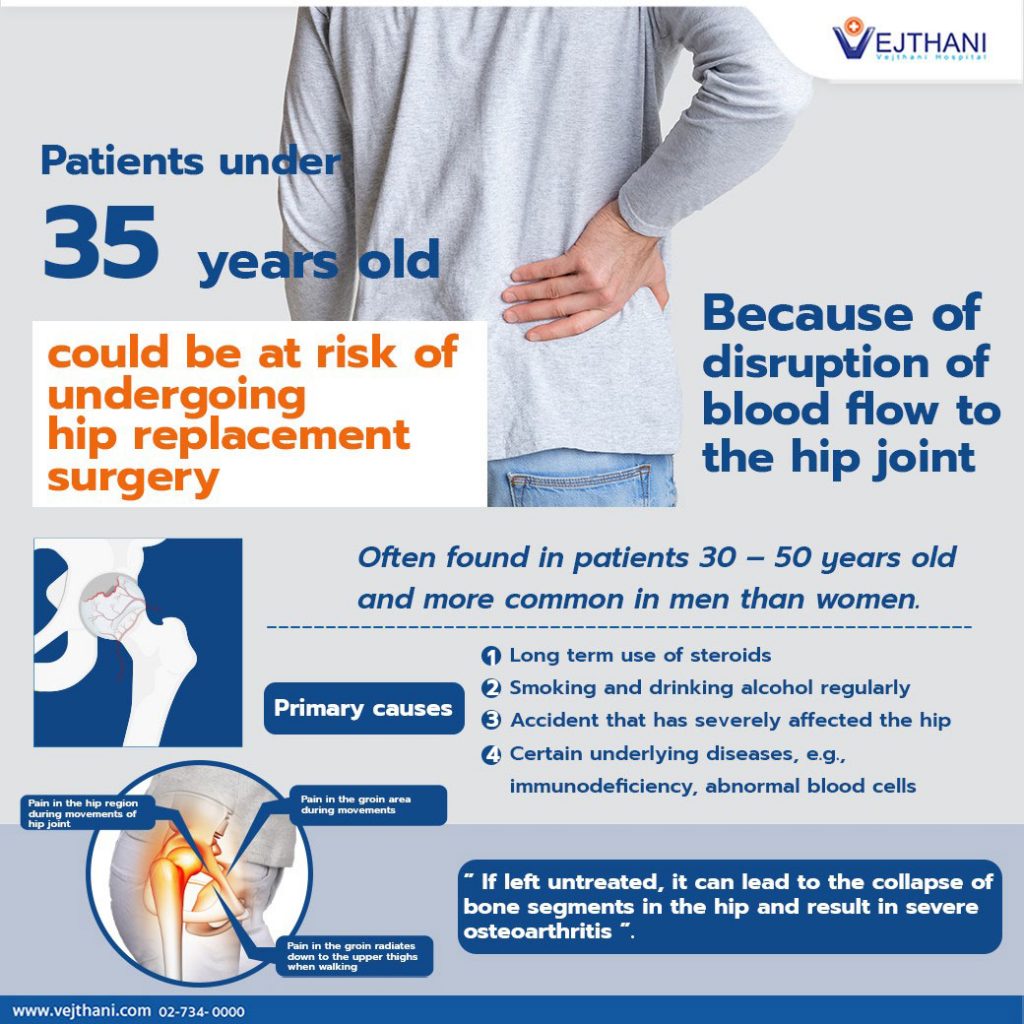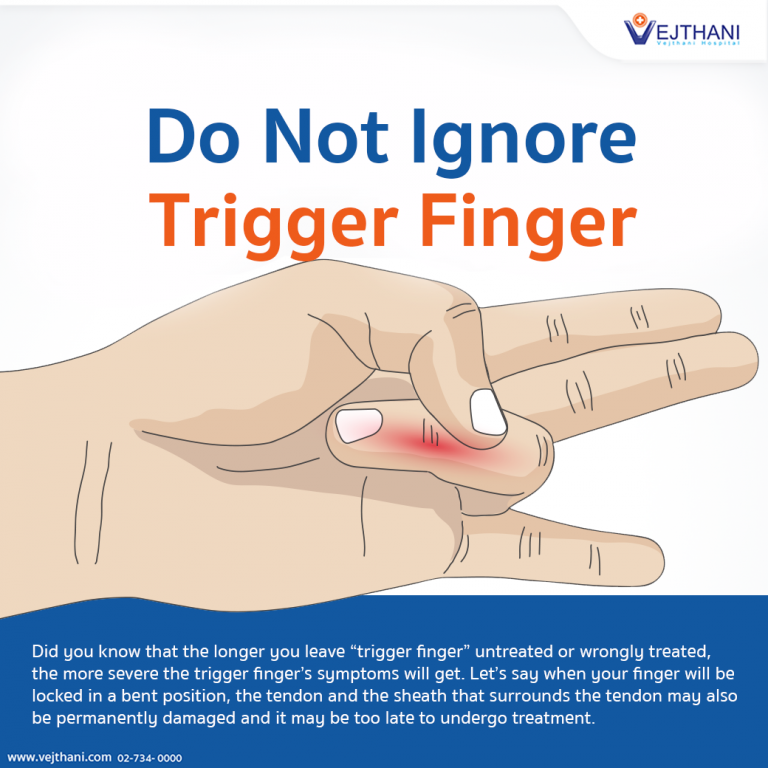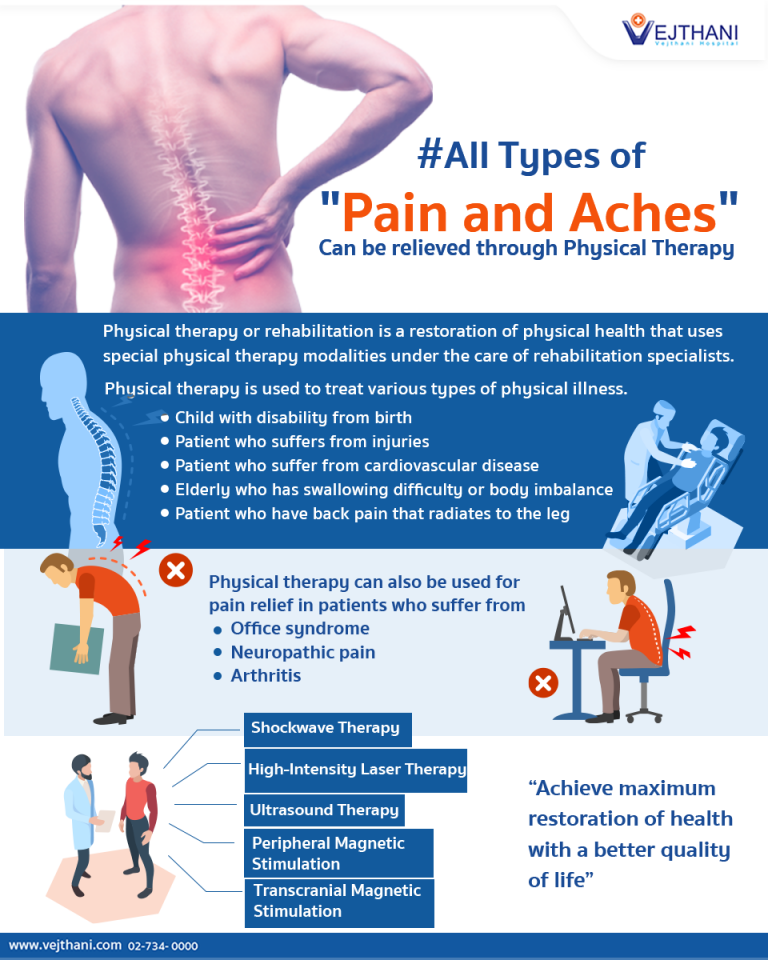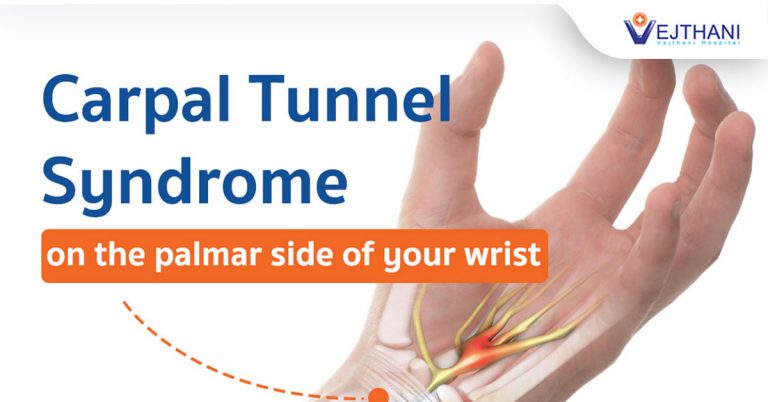

Osteonecrosis of hip is a disruption or reduced blood flow to the femoral head or thighbone, leading to a deterioration of bone segment in the hip as bone cells require a consistent blood supply to stay healthy. The condition is often found in patients aged 30 – 50 years old and is more commonly detected in men than women. Patients under 35 years old could be at risk of undergoing hip replacement surgery if diagnosed with osteonecrosis of hip
The following are the primary causes of Osteonecrosis:
- Long term use of steroids
- Smoking and drinking alcohol regularly
- An accident that has severely affected the hip
- Certain underlying diseases, e.g., immunodeficiency, abnormal blood cells.
However, 10 – 20 percent of the patients have been diagnosed without any cause of the disease.
The symptoms of Osteonecrosis are:
- Pain in the groin area during movements
- Pain in the groin radiates down to the upper thighs when walking causes mobility difficulties
- Pain in the hip region during movements of hip joint.
“If osteonecrosis is left untreated, it can ultimately lead to the collapse of bone segments in the hip and result in severe osteoarthritis”.
If the severity of the disease has heavily destructed the hip joint, doctors’ recommendation for treatment would be hip replacement surgery. Technology and advanced techniques in the present days are profoundly safe. The procedure leaves a small incision, causes fewer injuries to the surrounding muscles, and reduces blood loss. Patients have faster recovery, able to move and walk within 6 hours after the surgery. More importantly, the treatment will allow the patients to promptly return to the life they were accustomed to and carry on with their daily routine.
For more information, please contact
Advance Rehabilitation Center, Vejthani Hospital
Call +66(0)2-734-0000 Ext. 2222
+66(0)85-223-8888 (English Hotline
- Readers Rating
- Rated 5 stars
5 / 5 ( Reviewers) - Spectacular
- Your Rating























